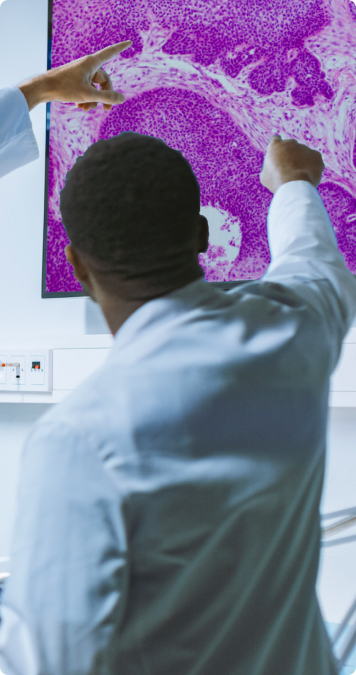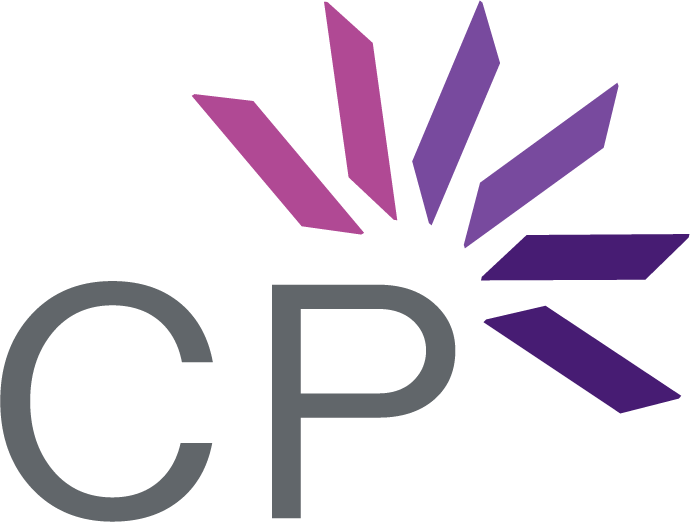Whole Slide Images!
Whole slide imaging, also known as virtual microscopy, refers to scanning a complete microscope slide and creating a single high-resolution digital file. This is commonly achieved by capturing many small high-resolution image tiles or strips and then montaging them to create a full image of a histological section. The digitization of tissue specimen slides into whole slide images (WSI) is furthering the field of diagnostic medicine, with the goal of achieving efficient and cheaper diagnoses, prognosis, and prediction of diseases due to the success in Artificial Intelligence and Machine Learning.
Benefits
- Easy routine screening
- Quality and safety of patient care
- Efficiency
- Standardization
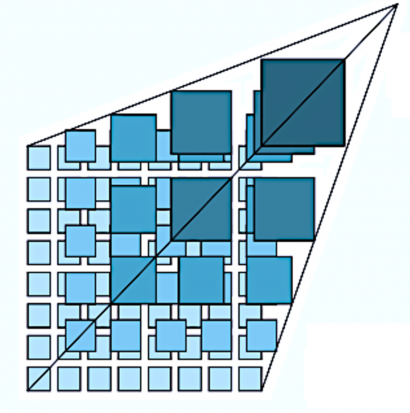
Zoom into Resulting Whole Slide Images!
The widespread adoption of whole slide imaging has increased the demand for effective and efficient gigapixel image analysis.


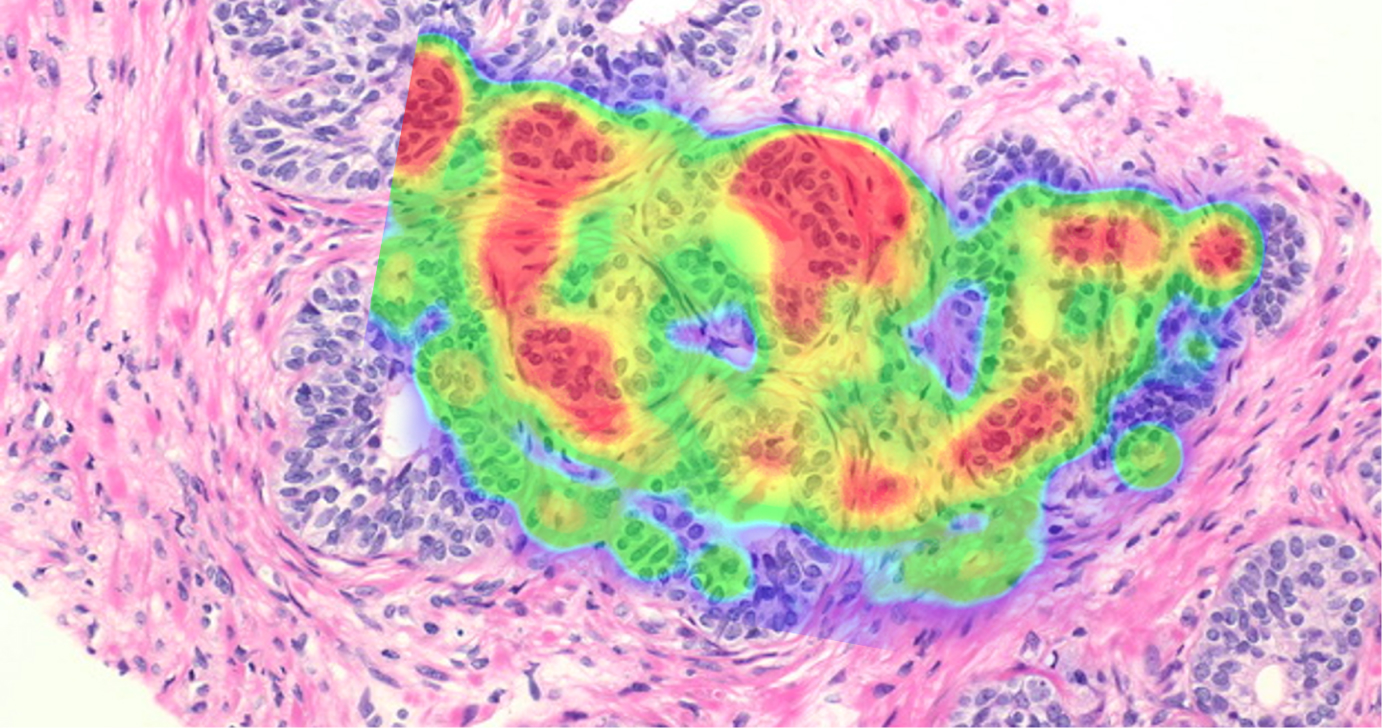
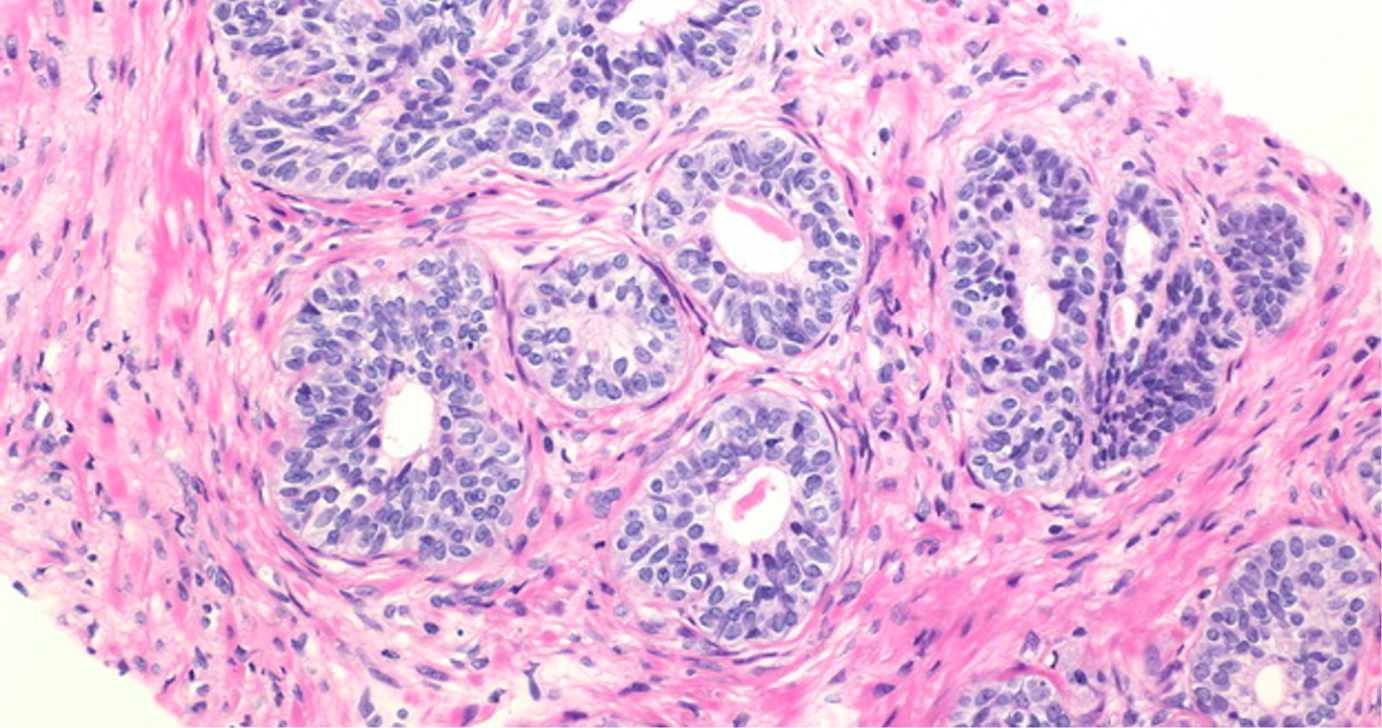
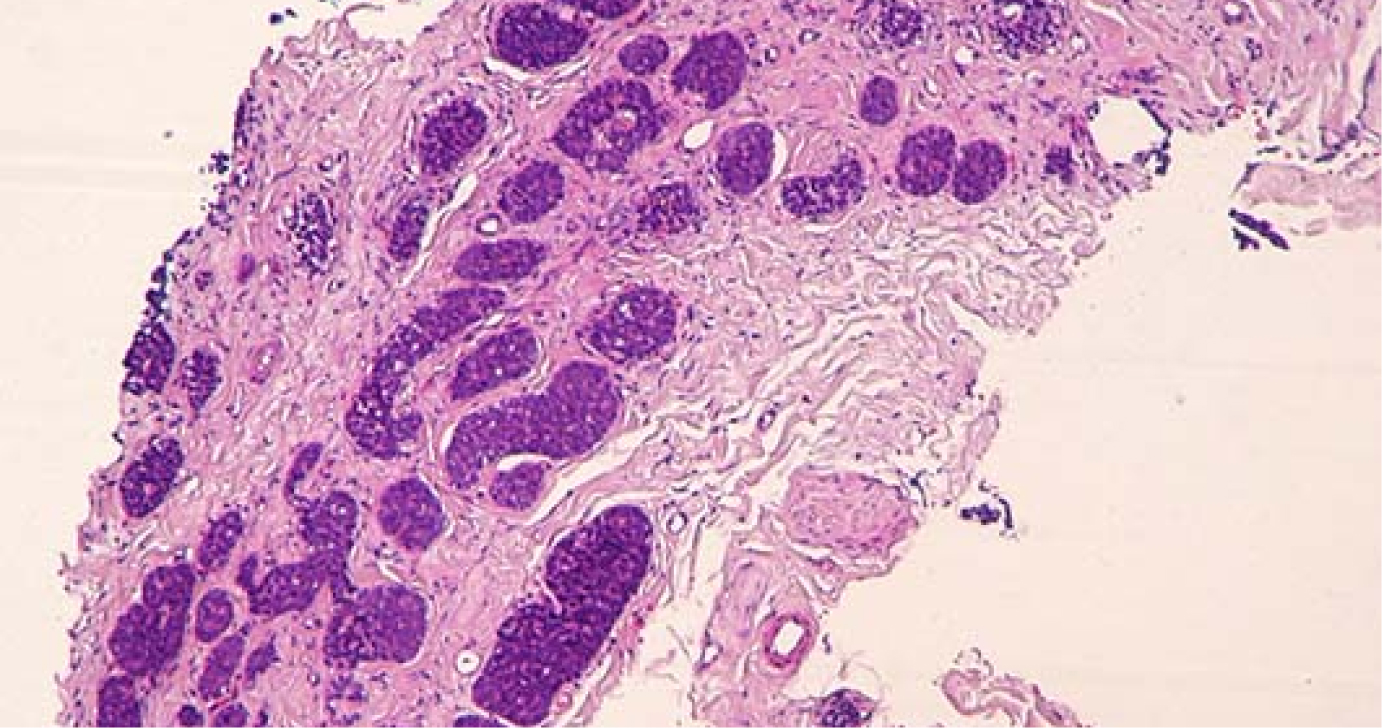


Computational Pathology – Deep Learning
A comprehensive definition of computational pathology describes it as a ‘big-data’ approach to diagnosis that incorporates multiple sources of data (e.g., pathology, radiology, clinical, molecular and lab operations); uses mathematical models to generate diagnostic inferences; and presents clinically actionable knowledge to customers [Louis DN et al]. The rapid paradigm shifts seen in digital pathology and its integration with deep learning and machine learning, have now made precision and personalized medicine a reality.
- Introduction/Definition
- The need for Computational Pathology
- Applications today
- Impact it has made/Solutions

The following trends necessitate the support of the development of computational pathology.
- The shortage of pathologists
- Increase in the corresponding workload
- Rise in the incidence and projections of cancer cases
- The number of tests being applied
The promise of computational pathology:
- Improved patient outcomes related predictions
- Clinical decision support tools for precision diagnosis
- Identifying novel features that are beyond human visual perception.
Though there are still some hurdles, like lack of standardization and regulation, but the advancements made in the scanning technology, storage, processing and algorithms have accelerated its adoption and implementation across laboratories.
The development of computational technology has transformed and improved the pathology ecosystem. Tremendous progress has been made in the accurate diagnosis and treatment of cancer because of the quick diagnosis and improved accuracy offered by DL and ML. Its benefits have been witnessed beyond the goals of the laboratory, including optimized patient care and reduced treatment costs. The true potential of computational technology can be harnessed by better collaboration among regulators, vendors, software solution providers, and healthcare providers.
Sign up for our newsletter
Receive general news, updates and latest development on AI
